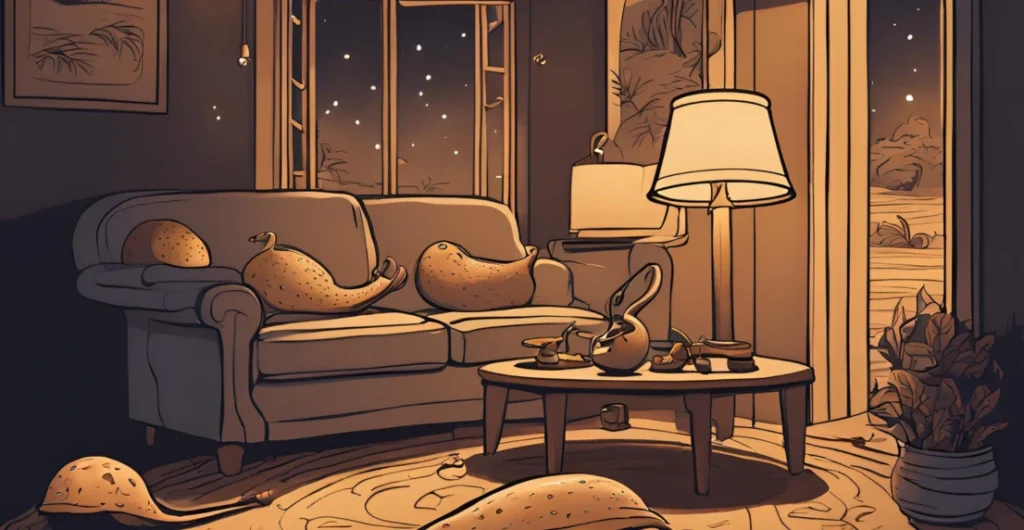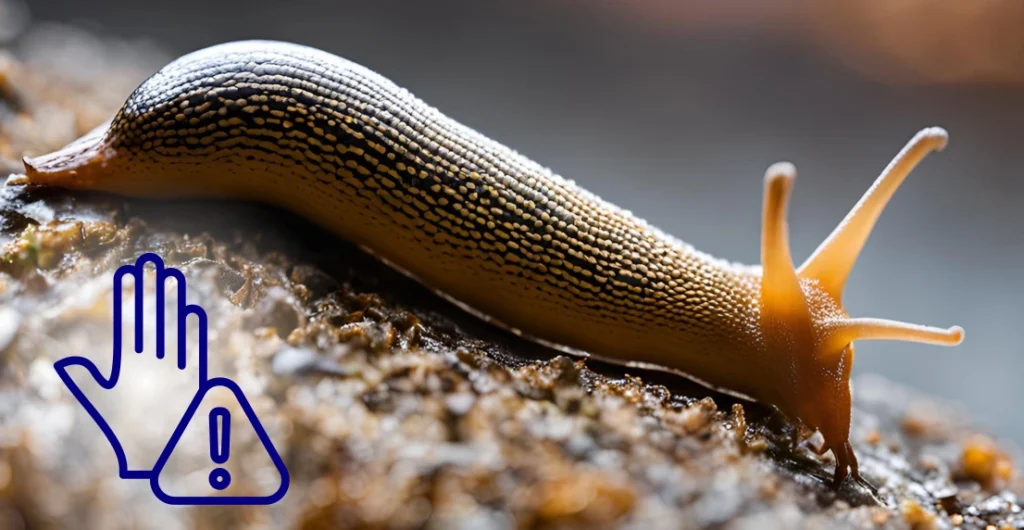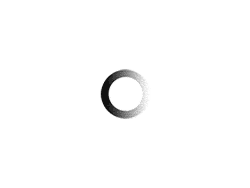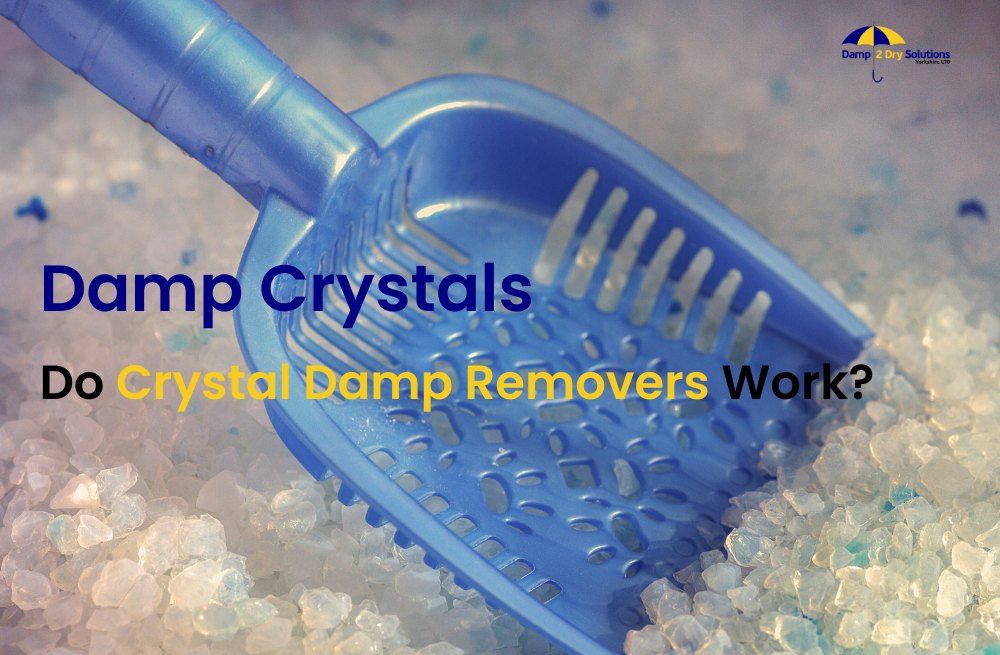Slugs entering your home can be an annoying and unpleasant problem, especially during heavy rain. These unwelcome intruders don’t just trespass; they leave behind slimy trails that can be unsightly and difficult to clean.
Understanding why slugs enter your home is the first step to effectively stopping them. In this guide, we’ll explore the reasons slugs are attracted indoors and provide practical solutions to keep them out for good.
Top Five Reasons Why Slugs Enter Your Home
1. Slugs Are Attracted to Damp Areas
Slugs rely on moisture to survive, with up to 90% of their bodies made up of water. They’re naturally drawn to damp environments because dry conditions can cause them to dehydrate and die.
Around 95% of slugs stay underground, where it’s moist, while only 5% venture out above ground. If your home has areas of high humidity, such as a leaky kitchen or bathroom, it becomes an attractive refuge for slugs.
2. They Move Easily on Wet Surfaces
A slug’s slimy coating is key to its movement. The slime reduces friction, allowing them to glide effortlessly over wet surfaces. When it rains heavily, outdoor areas may become waterlogged, forcing slugs to look for drier yet still moist environments, such as the inside of your home. With slugs producing up to 45 metres of slime in a single day, damp indoor spaces are the perfect match for their needs.
3. Slugs Can Squeeze Through Tiny Gaps
Slugs are incredibly stretchy and can fit through even the smallest gaps or cracks. Even tiny openings around doors, windows, or pipes can be enough for them to get inside.
4. Attracted by Food Sources
Slugs are always on the lookout for food. It’s estimated that a single slug can consume up to 40 times its own weight in food in one night. Any food scraps or pet food left out in damp areas can be a major draw for these pests. Combined with their love of moisture, this makes your home a prime target.
5. Slugs Signal Their Mates
Slugs don’t just wander in by chance—they communicate with each other. By secreting a chemical trail, slugs can attract others to areas they find ideal. This is why a slug problem can quickly escalate into an infestation if not dealt with promptly.
Why Are Slugs Coming Into My House at Night?

Slugs are nocturnal creatures, meaning they are most active during the night when it’s dark and cool. If you’re finding slugs in your home at night, it’s likely because they’re seeking out damp, safe spaces and potential food sources. Heavy rainfall or humid conditions can drive them indoors as they look for shelter from overly wet or unsuitable outdoor environments.
Your home might be particularly inviting to slugs if there are damp areas, such as kitchens or bathrooms, or if small cracks and gaps provide easy access points. Additionally, slugs may be attracted by food scraps or pet food left out overnight. These factors combined make your home an ideal spot for them to explore once the sun goes down.
Common Mistakes in Dealing with Slugs
1. Using Salt as a Solution
Sprinkling salt around doors or entry points is a common approach, but it’s far from ideal. While salt does kill slugs by dehydrating them, it’s a messy and inhumane method. It leaves a sticky residue behind that’s difficult to clean, and the sight of dead slugs isn’t pleasant for anyone.
2. Blocking Gaps Without Fixing Damp Issues
Sealing up cracks and gaps might seem like a logical step, but it’s rarely effective on its own. Slugs are highly flexible and can stretch up to 20 times their normal size, allowing them to squeeze through the tiniest gaps. Without addressing the underlying dampness that attracts them, slugs are likely to find another way in.
3. Ignoring the Damp Problem
Many people focus solely on stopping slugs at the surface level, such as by using traps or barriers, while ignoring the root cause: dampness. Slugs are primarily drawn to moist environments, so unless you resolve issues like leaks, condensation, or poor ventilation, they’ll keep coming back.
4. Relying on Temporary Fixes
Short-term solutions like slug pellets, traps, or deterrent sprays can provide some relief but don’t address why slugs are entering in the first place. These methods often need constant maintenance and replacement, which can be costly and time-consuming.
5. Leaving Food Out
It’s easy to forget about crumbs, pet food, or leftovers left on counters or floors. However, these food sources attract slugs and keep them coming back. Ignoring this simple step of tidying up can make it much harder to keep them out.
Effective Ways to Slug-Proof Your House

1. Identify and Fix Damp Problems
The best way to stop slugs is to address the dampness that attracts them. Check your home for signs of moisture, such as leaks, condensation, or damp patches on walls and floors. Fixing these issues, whether it’s repairing a leaky pipe or improving ventilation, can make your home far less appealing to slugs.
2. Seal Cracks and Entry Points for Slugs
Although slugs can squeeze through tiny gaps, sealing cracks around windows, doors, and pipes can reduce the number of entry points. Use sealants, door brushes, or draught excluders to block off these areas.
3. Keep Your Home Clean and Dry
Slugs are drawn to both moisture and food. Keep your home clean by sweeping up crumbs, storing food securely, and not leaving pet food out overnight. Regularly drying out areas prone to dampness, such as kitchens and bathrooms, will also discourage them.
4. Use Natural Barriers to Deter Slugs
Place natural deterrents like copper tape, gravel, or crushed eggshells around entry points. These materials make it uncomfortable for slugs to travel over and can stop them in their tracks.
5. Consider Professional Help
If you’re struggling to identify or resolve damp issues, contact professionals like Damp 2 Dry Solutions. Specialists can pinpoint the source of moisture in your home and provide tailored solutions to stop slugs from coming back.
Long-Lasting Methods to Keep Slugs at Bay
- Ensure Proper Ventilation: Keep air flowing in damp-prone areas like kitchens, bathrooms, and basements by opening windows or installing extractor fans to reduce humidity.
- Regularly Check for Damp: Inspect your home for leaks, condensation, or damp spots. Address issues early to prevent them from worsening.
- Tidy Up Your Garden: Trim overgrown plants, clear leaves, and reduce dampness in outdoor spaces. Adding gravel or wood chips around the foundation can help deter slugs.
- Install Entry Barriers: Fit door brushes, draught excluders, or copper tape around doors and windows to block slug entry. Regularly inspect for any new gaps or damage.
- Manage Food and Water Sources: Keep food sealed, clear crumbs, and avoid leaving pet food out overnight. Check for pooling water under appliances or in sinks.
- Use Natural Deterrents Outdoors: Place slug-repelling materials like crushed eggshells or gravel around entry points to create an uninviting path for slugs.
- Schedule Regular Maintenance: Make periodic checks of your home’s structure and garden to ensure dampness and entry points are controlled effectively.
Summing up
Slugs entering your home can be a frustrating and unpleasant issue, but it’s one that can be effectively managed by tackling the root causes. Dampness is the main reason slugs are drawn indoors, so fixing leaks, improving ventilation, and reducing humidity are essential steps to make your home less inviting to these unwelcome visitors.
Sealing cracks and entry points, keeping your home clean and dry, and using natural deterrents can also help to prevent slugs from sneaking inside.
By understanding why slugs enter your home and avoiding common mistakes, you can take practical steps to keep them out for good. If the problem continues, fill this form to reach out Damp 2 Dry Solutions (Yorkshire) Ltd. for expert advice and tailored solutions.
With the right approach, you can reclaim your home from these slimy intruders and enjoy a dry, slug-free living space.





